The Great Fire of 1910 claimed 87 lives, including 78 firefighters, yet showcased extraordinary heroism and led to lasting changes in the U.S. Forest Service and wildland firefighting.
The Great Fire of 1910 claimed 87 lives, including 78 firefighters, yet showcased extraordinary heroism and led to lasting changes in the U.S. Forest Service and wildland firefighting.
On the Fire Hero Learning Network, a new module is now available: Passive Fire Protection Systems.
The National Fallen Firefighters Foundation (NFFF), in partnership with the International Association of Fire Chiefs (IAFC) Safety, Health, and Survival Section (SHS), fourth edition of the Crew Resource Management (CRM) Manual at Fire-Rescue International (FRI). This time-tested resource is designed...
A BLEVE on July 29, 1956 at Shamrock Oil Company’s McKee Refinery turned a routine fire call into one of the deadliest days in U.S. firefighting history.
On June 22, 1974, Firefighter Robert “Bob” Arens lost his life while heroically attempting to rescue 18-year-old Jean Heidesch during a violent storm in Remsen, Iowa.
On a quiet May morning in 1943, a fire at Salt Lake City’s historic Victory Theater turned deadly, claiming the lives of three firefighters and leaving a legacy of sacrifice that still echoes today.
Firefighters retrace the path of tragedy and resilience to learn from the day Captain Jeffrey Bowen gave his life in service.
In 1909, Minot firefighter Tom Shields became the city's first line-of-duty death after a gasoline tank explosion during a blaze at the Daily Optic newspaper building caused injuries that claimed his life five days later.
The Fire Hero Learning Network is more than a training platform — it’s a life-saving resource for every firefighter.
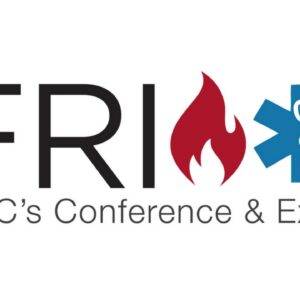
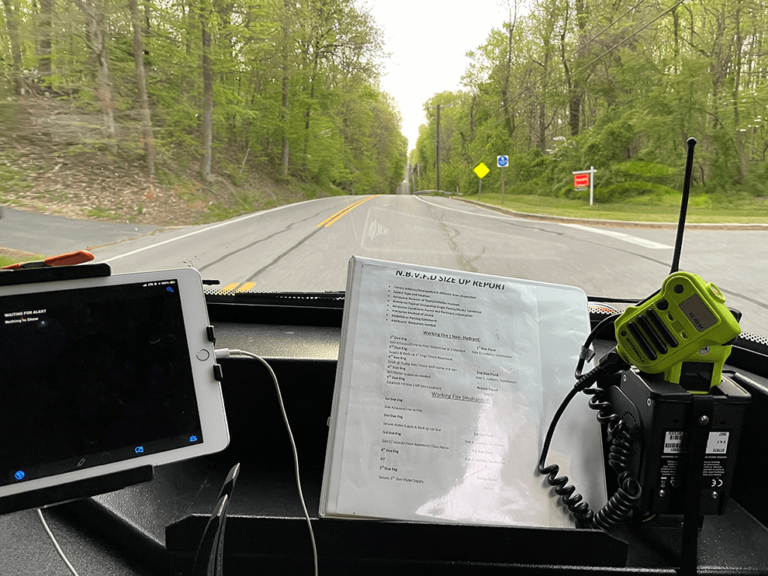
A line-of-duty death forever changes the fire department or agency and the community. So, where does a company officer who loses a firefighter in the
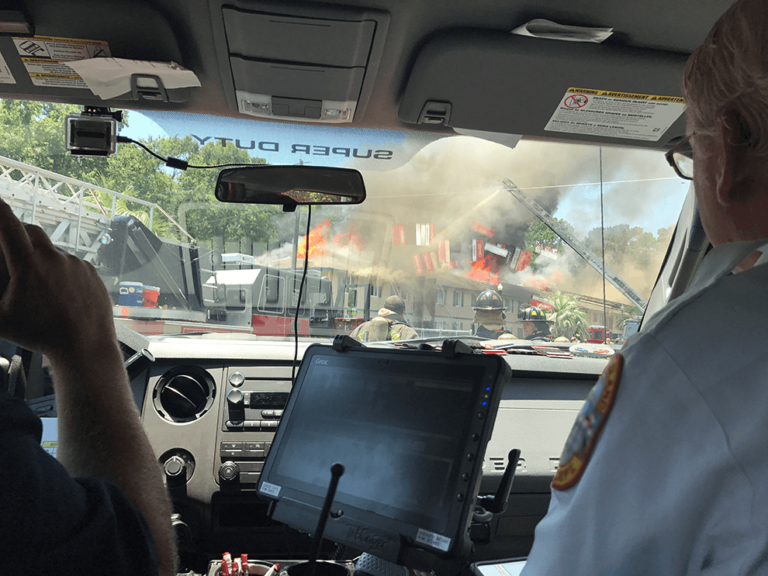
The National Fallen Firefighters Foundation created the IC to IC Network to provide assistance to incident commanders who have experienced a line-of-duty death of a firefighter under their command.
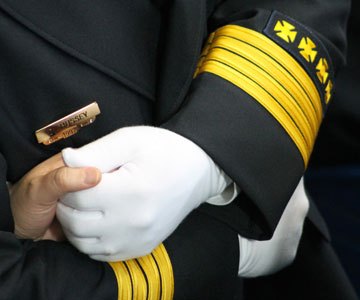
A line-of-duty death forever changes the community, department or agency. So where does a chief turn for support after a tragedy?
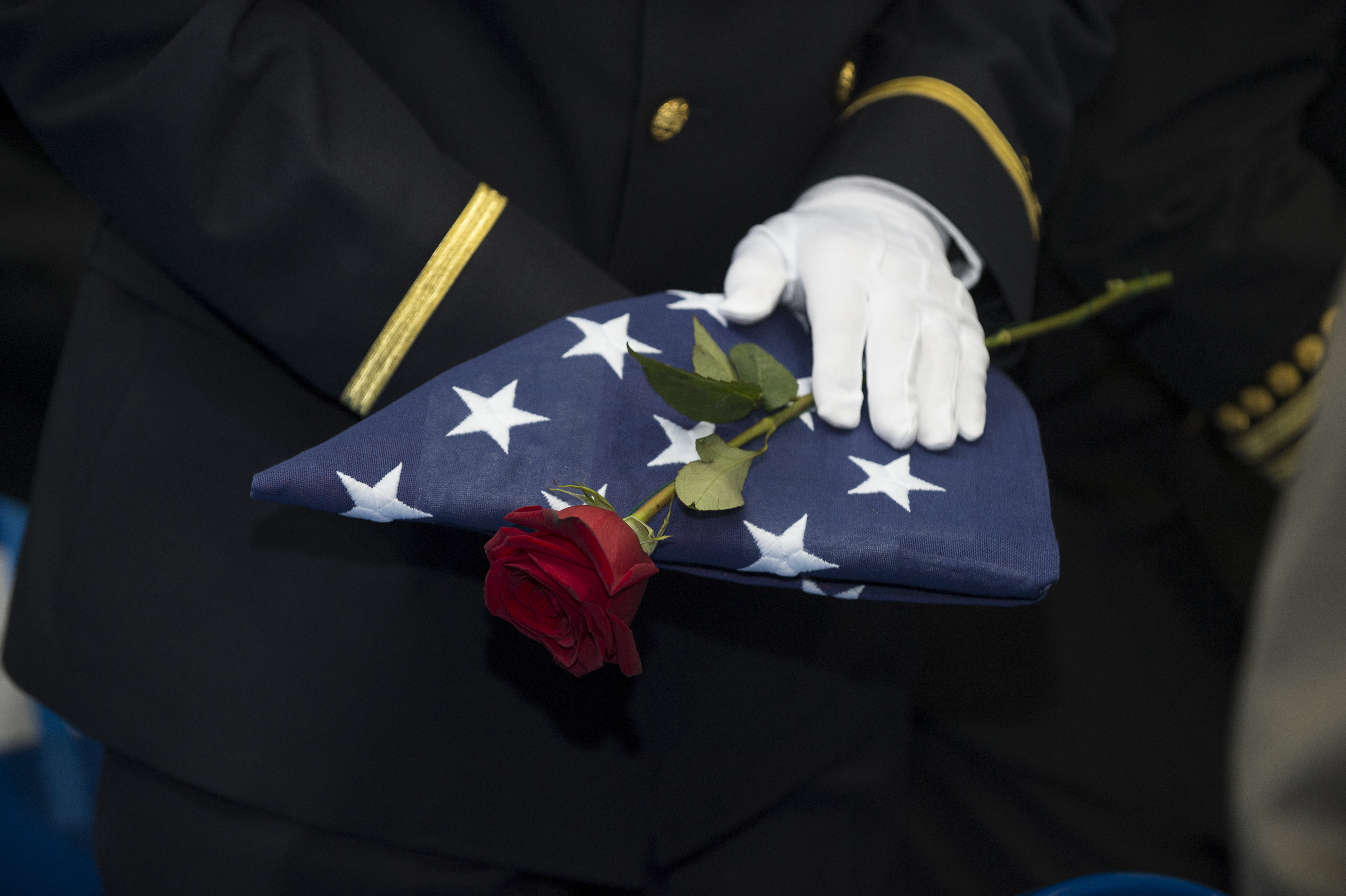
Everything that happens immediately after a line-of-duty death affects the way the family, department, and the community recover from loss.

If your department has not taken the International First Responder Seatbelt Pledge, please take a moment learn more about the program and sign the pledge online today! Once you have taken the pledge to wear your seatbelt, please continue to support our efforts by spreading the word to neighboring departments in your area.

The FRCE is dedicated to protecting the lives and livelihoods of first responders, nationwide. Our education and research initiatives constantly shed new light on challenges to the health, safety and well‑being of firefighters, EMS personnel and other first responders.
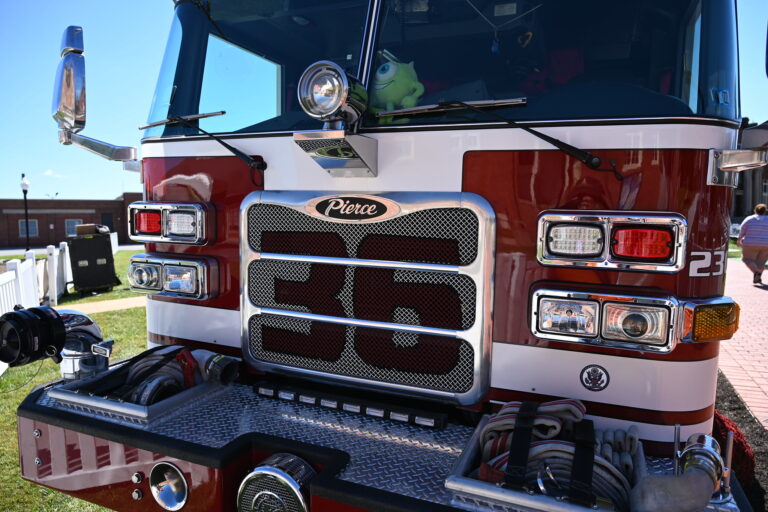
The National Fallen Firefighters Foundation (NFFF), in coordination with the U.S. Fire Administration (USFA), has developed an online Vulnerability Assessment Tool that will provide fire departments with a systematic process to evaluate risk and ultimately reduce the threat of firefighter injuries and deaths.
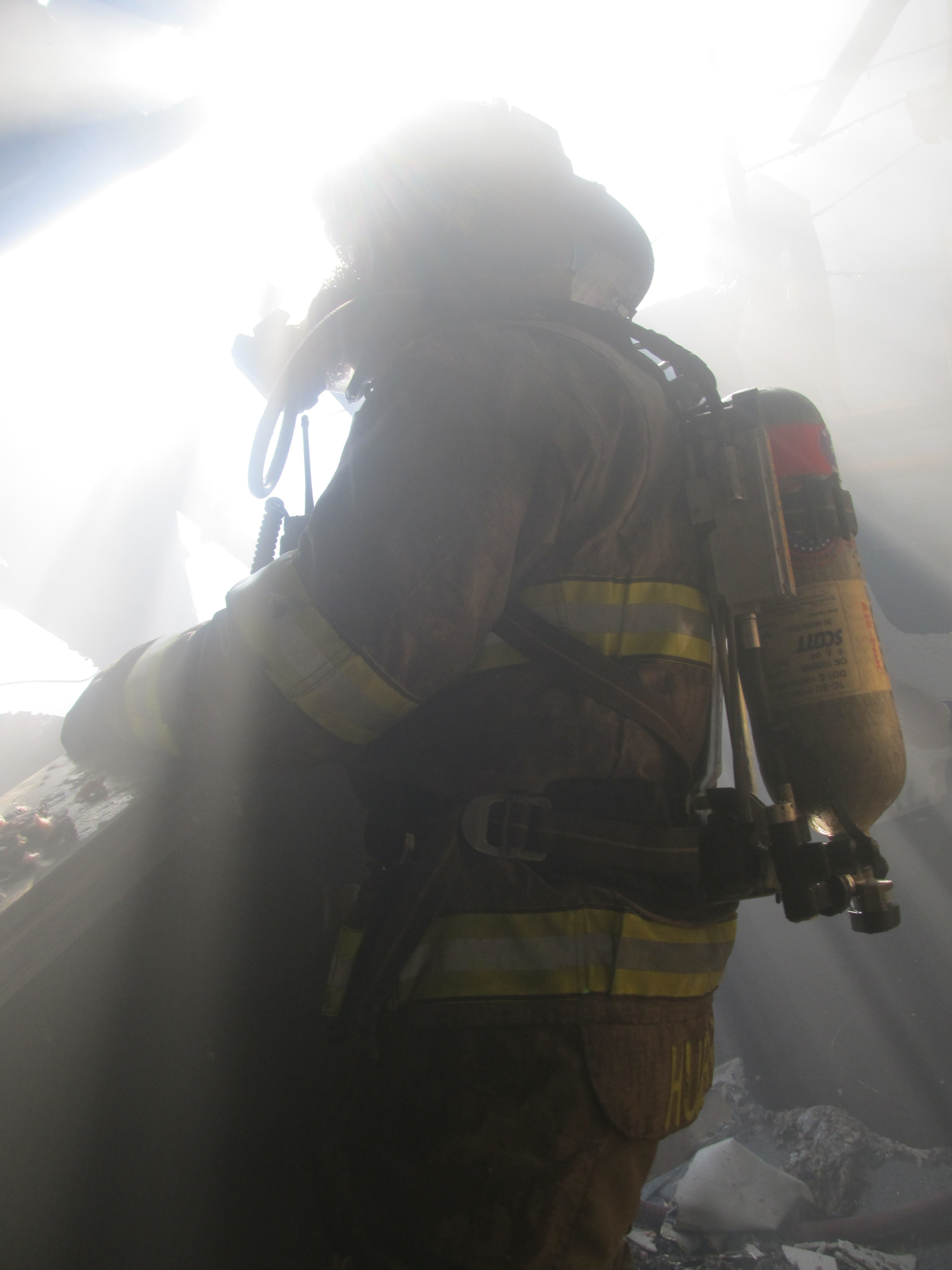
The Everyone Goes Home® program works to prevent firefighter line-of-duty deaths and injuries through the 16 Firefighter Life Safety Initiatives.
Report a Line-of-Duty Death to the National Fallen Firefighters Foundation.